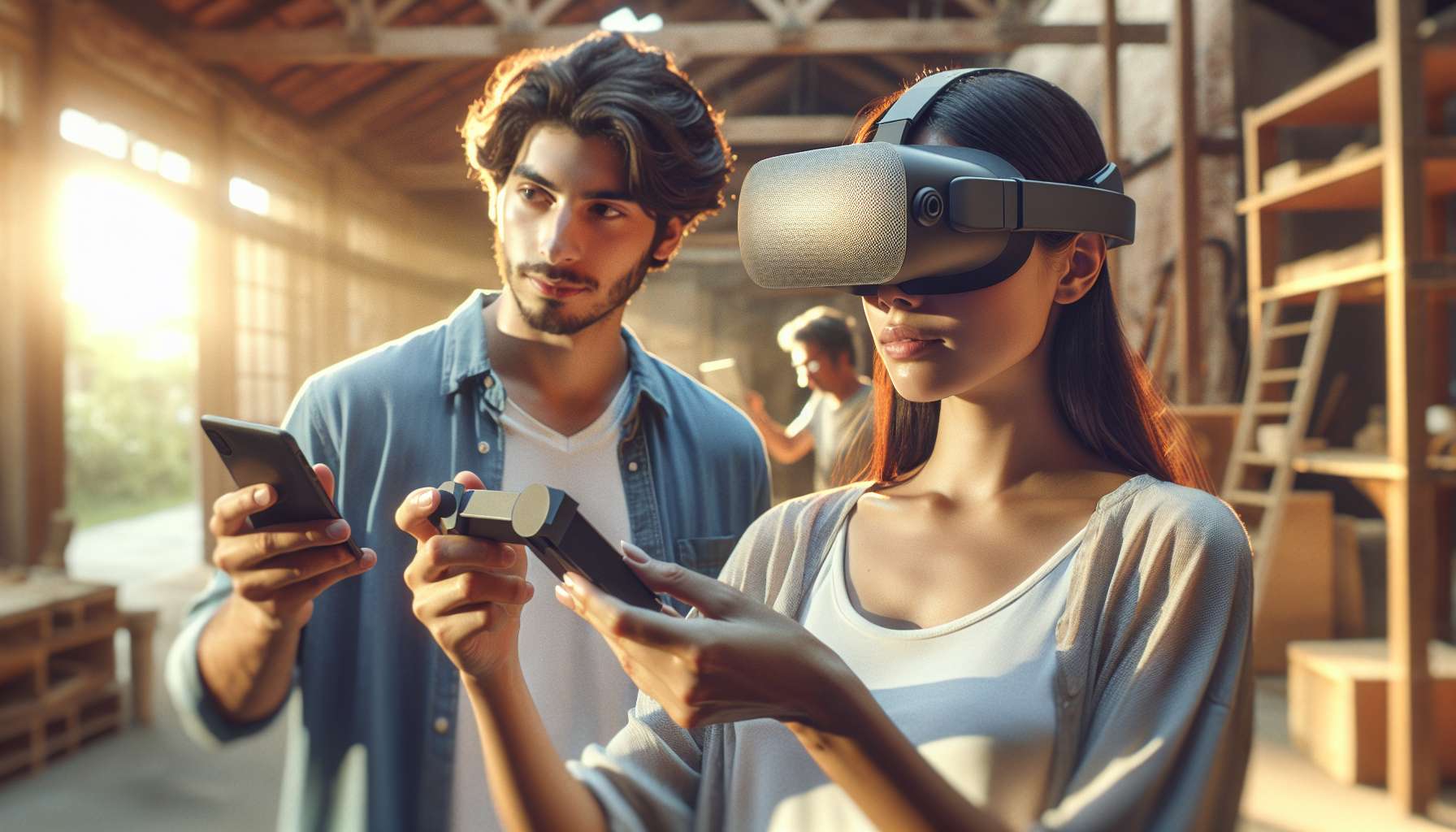Unlocking the Potential: AR Trends Shaping the B2B Landscape
Augmented Reality (AR) has come a long way since its inception, transforming the way we interact with the digital world. While it has gained significant popularity in the consumer market, its potential in the B2B sectors is just beginning to be realized. In this article, we will explore the future of AR in B2B sectors, highlighting the latest trends and making predictions that will shape the business landscape.
1. Enhanced Product Visualization
- AR enables businesses to showcase their products in a more immersive and interactive way.
- By overlaying digital information onto the physical world, potential customers can visualize products in real-time and make informed decisions.
- From architecture and interior design to manufacturing and retail, AR is revolutionizing the way businesses present their offerings.
2. Streamlined Training and Onboarding
- AR has the potential to transform training and onboarding processes in various industries.
- By providing interactive and hands-on experiences, AR can accelerate learning and improve retention.
- Employees can receive real-time guidance and instructions, reducing the need for extensive training sessions.
- From complex machinery operation to medical procedures, AR is reshaping the way businesses train their workforce.
3. Remote Collaboration and Support
- AR enables remote collaboration and support, bridging the gap between experts and field technicians.
- Through AR-powered smart glasses or mobile devices, experts can provide real-time guidance and support to on-site personnel.
- This technology reduces downtime, improves efficiency, and enhances problem-solving capabilities.
- Industries such as manufacturing, logistics, and healthcare can greatly benefit from AR-enabled remote collaboration.
4. Data Visualization and Analytics
- AR can transform complex data into visual representations, making it easier for businesses to analyze and interpret information.
- By overlaying data onto the physical environment, decision-makers can gain valuable insights in real-time.
- From supply chain optimization to predictive maintenance, AR empowers businesses to make data-driven decisions.
5. Customized Experiences and Personalization
- AR allows businesses to create personalized experiences for their customers.
- By tailoring digital content to individual preferences and needs, businesses can enhance customer engagement and satisfaction.
- From virtual showrooms to personalized marketing campaigns, AR is reshaping the way businesses connect with their target audience.
The future of AR in B2B sectors is bright, with endless possibilities for innovation and growth. As the technology continues to evolve, businesses that embrace AR will gain a competitive edge in their respective industries. By leveraging enhanced product visualization, streamlined training and onboarding, remote collaboration and support, data visualization and analytics, and customized experiences, businesses can unlock the full potential of AR.
As we move forward, it is crucial for B2B sectors to stay updated with the latest AR trends and adapt to the changing landscape. Embracing AR technology will not only enhance operational efficiency but also drive business growth and customer satisfaction. The future is here, and AR is leading the way towards a more immersive and interconnected business world.





